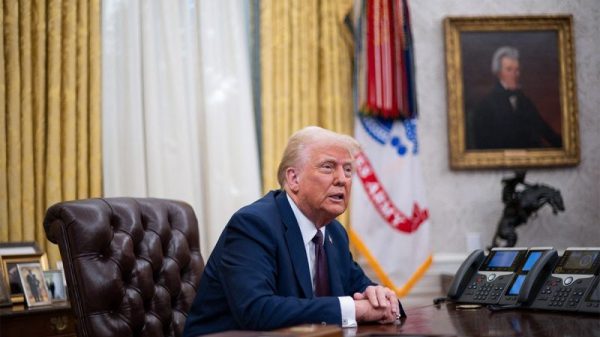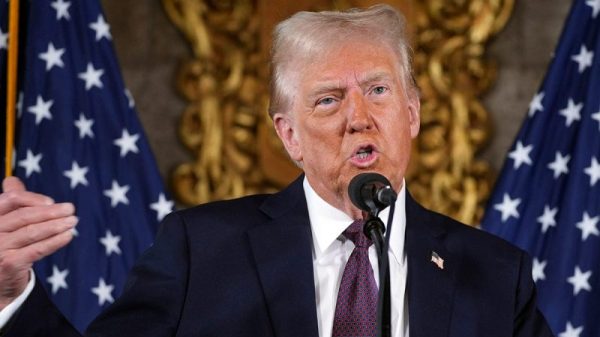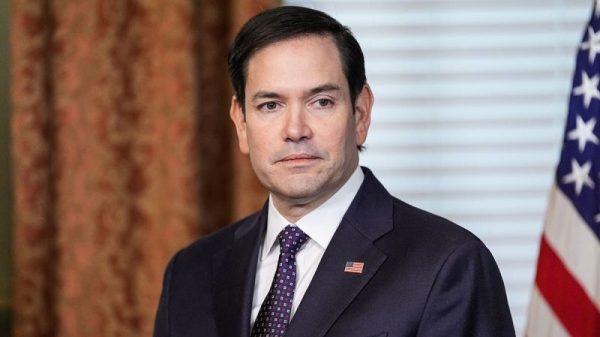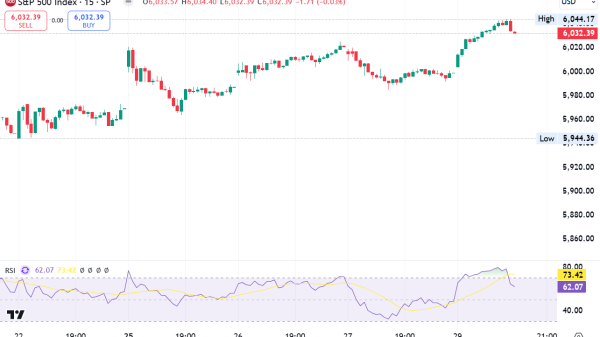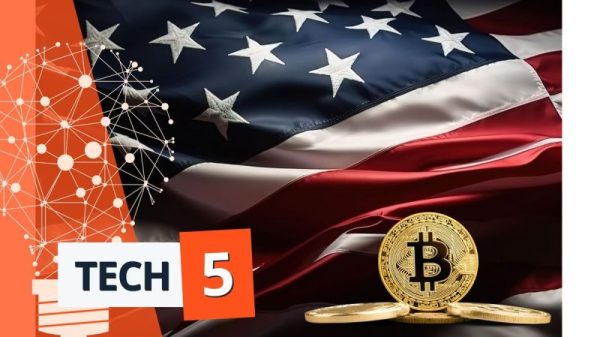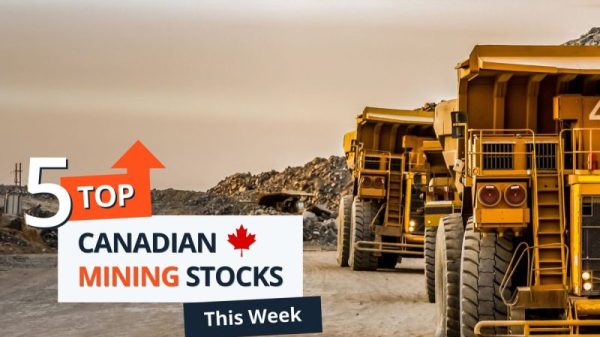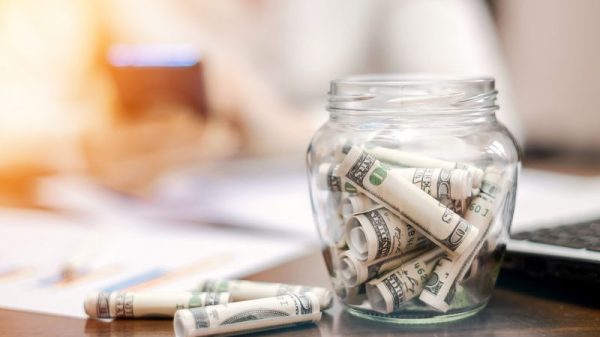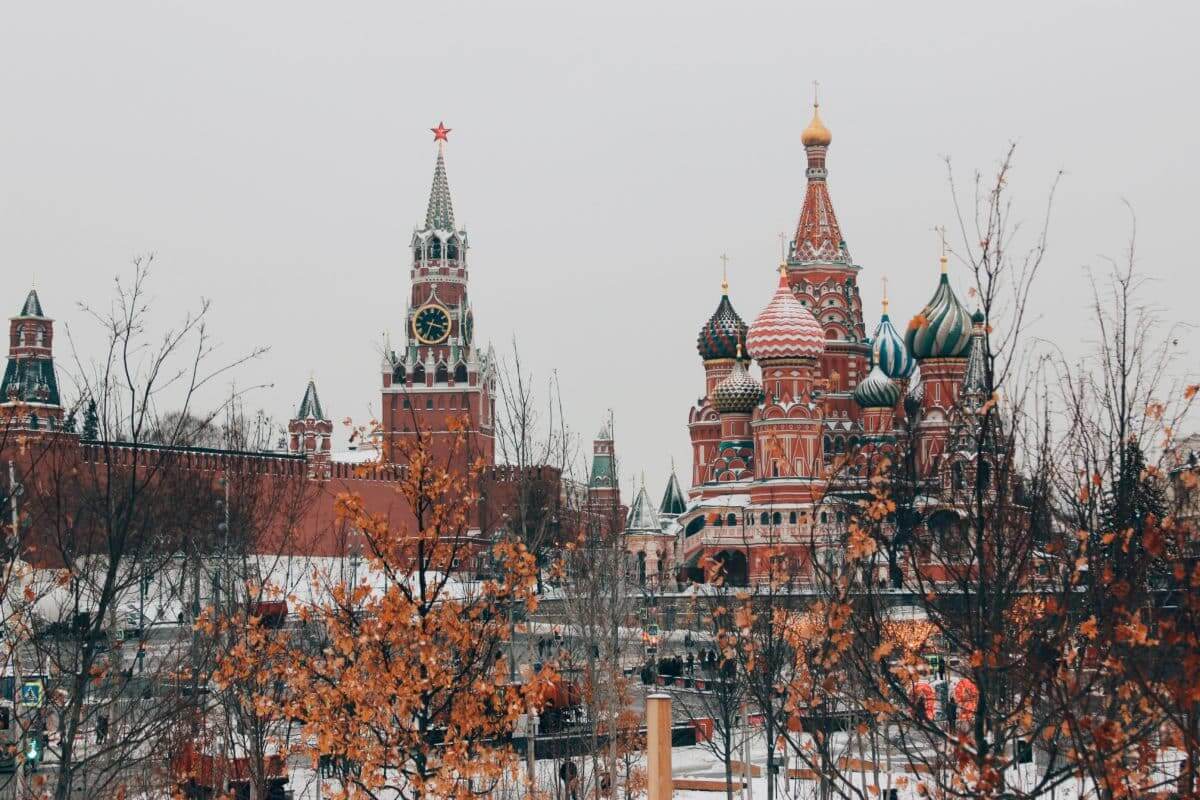Russia’s New Trade Routes Slash Transit by 30-50%
Quick Look:
Russia is developing new transport corridors through Iran and the Arctic to connect with Asia, avoiding European routes;
The corridors aim to reduce transit times by 30%-50%, enhancing trade safety and reliability;
Despite global tensions, the projects attract interest from major Asian economies, boosting Russia’s strategic position.
Russia is actively developing two new transport corridors that aim to enhance its connectivity with Asia, pivoting away from Europe amidst ongoing sanctions due to its conflict in Ukraine and global trade disruptions caused by unrest in the Middle East. These ambitious projects involve shipping and rail networks via Iran and an Arctic sea passage, potentially positioning Russia as a central player in international trade.
Bypassing Traditional Routes
The first corridor through Iran and the Arctic significantly reduces transit times, cutting travel by 30%-50% compared to the traditional Suez Canal route. This initiative emerges as the security landscape around the Suez Canal deteriorates, with the Red Sea facing increasing threats from Houthi rebel attacks amidst the broader conflict involving Israel and Hamas in Gaza. Additionally, the region is experiencing heightened instability due to Iran’s missile and drone activities, adding urgency to find alternative routes that ensure safer and more reliable trade flows.
Russia has strategically responded to these challenges with a substantial investment of over $25 billion. This funding aims to enhance infrastructure along the route through Iran and improve capabilities along the Arctic coastline. Consequently, this includes constructing new ice-breakers and developing drone bases. These bases will patrol the Northern Sea Route (NSR), which is increasingly accessible due to melting Arctic ice caused by climate change.
Russia’s Trade with China Hits Record $240B
While Western nations have been hesitant to engage with these Russia-backed routes due to geopolitical tensions, several major Asian and Gulf economies are showing interest, recognizing the potential cost savings and strategic advantages. A critical component of this corridor is the International North-South Transportation Corridor, which, despite delays due to outdated Iranian infrastructure, is expected to increase its transportation capacity significantly. By 2030, this route could see cargo volumes grow by 85% to 35 million tonnes annually.
The enhanced connectivity promises economic benefits and solidifies Russia’s influence in the region, providing a direct link between India and Russia and extending to South Asia, the Persian Gulf, and Africa. Last year, trade between Russia and China reached a record $240 billion, more than doubling since 2020. Similarly, trade with India has surged, largely driven by increased oil purchases following the onset of the conflict in Ukraine.
Challenges and International Responses
Despite the promising outlook, the development of these corridors faces several hurdles. Specifically, the Northern Sea Route is under international scrutiny and sanctions. These restrictions have impacted key projects like the Arctic LNG 2 plant. Moreover, these routes’ overall stability and viability depend on regional geopolitical dynamics. Additionally, they rely on the willingness of international players to navigate the complexities of sanctions and political affiliations.
Russia strategically redirects towards Asia by developing new transport corridors amid global and regional turmoil. These corridors promise significant economic potential and faster trade routes. Moreover, they highlight the complex relationship between geopolitics, commerce, and security on the global stage. As these developments unfold, the international community is closely watching. Indeed, the interplay between economic interests and political alliances will crucially influence the future of international trade and regional stability.
The post Russia’s New Trade Routes Slash Transit by 30-50% appeared first on FinanceBrokerage.

